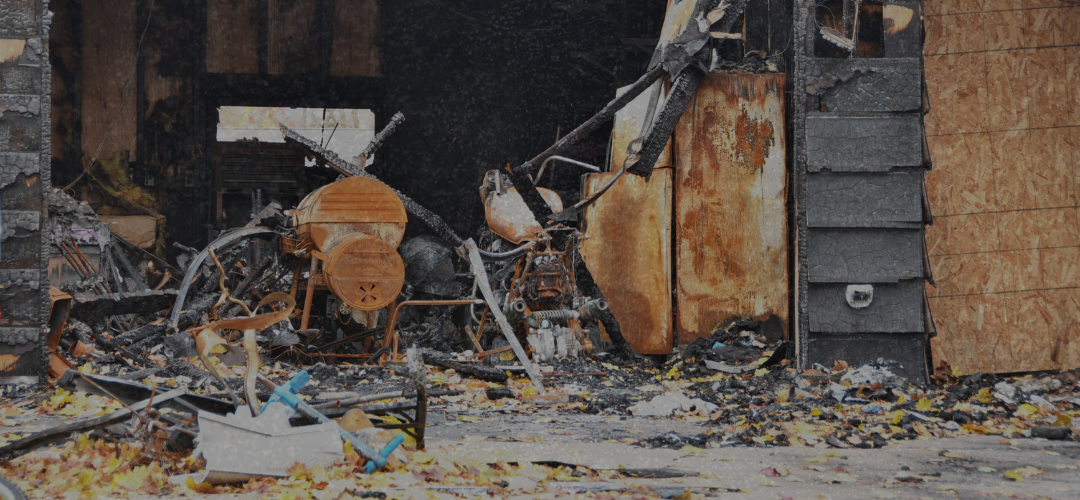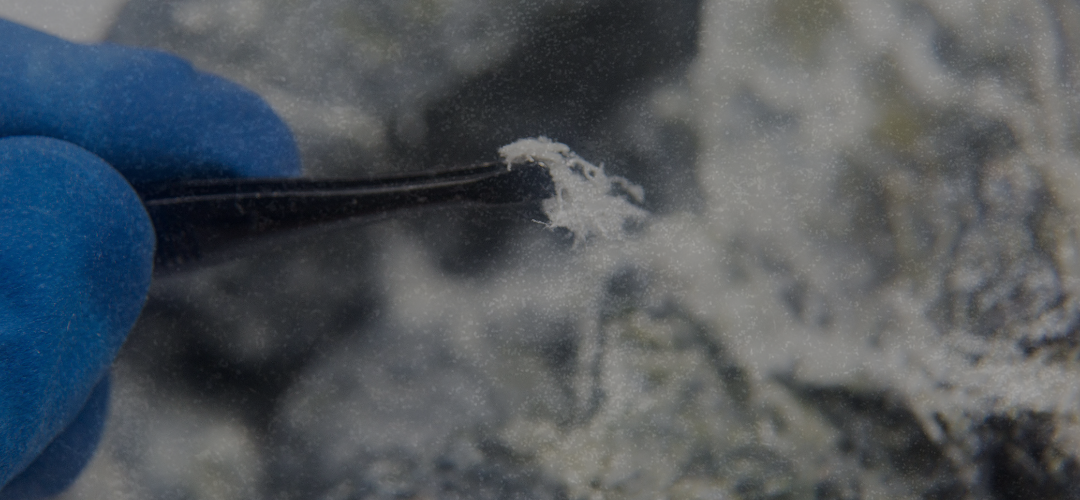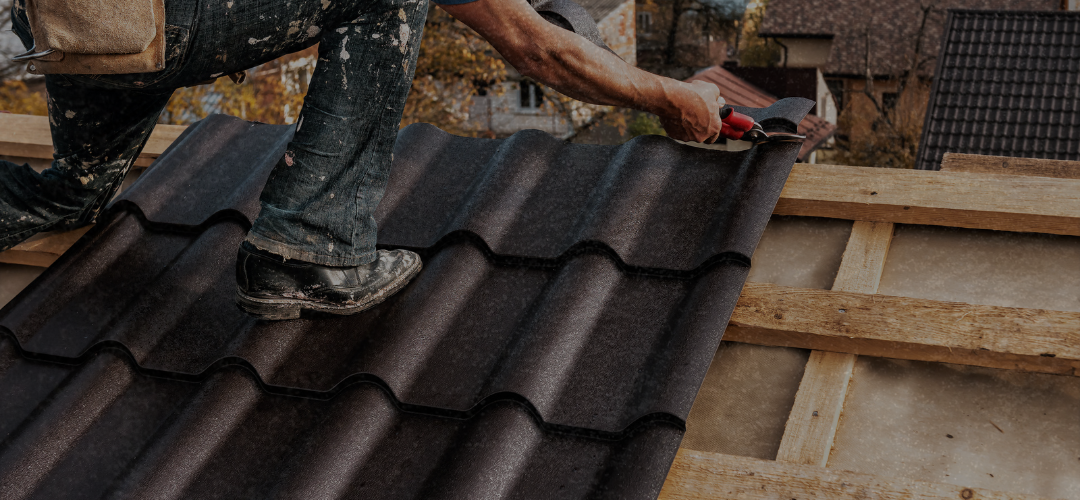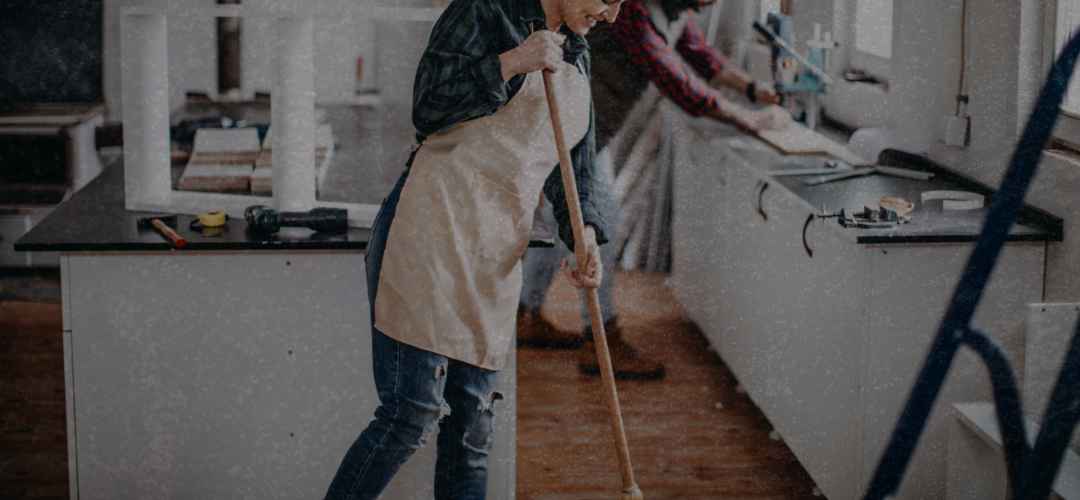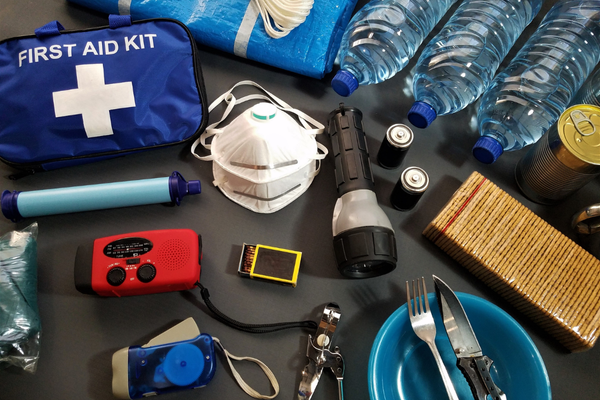The hidden danger lurking in homes across Charlotte creates serious problems for families. Mold grows quietly in dark spaces where homeowners cannot see it. This silent threat damages property values and causes health issues that worsen over time. Many families discover mold problems after expensive damage has already occurred.
Proactive mold management saves money and protects family health. Smart homeowners learn prevention methods before problems develop. Quick action prevents small issues from becoming major disasters. Understanding the difference between prevention and professional remediation helps families make better decisions.
Two main approaches exist for managing mold in homes. Prevention stops mold growth before it begins by controlling moisture and improving ventilation. Remediation removes existing mold and fixes underlying causes. Both methods work together to create healthy living spaces for Charlotte families.
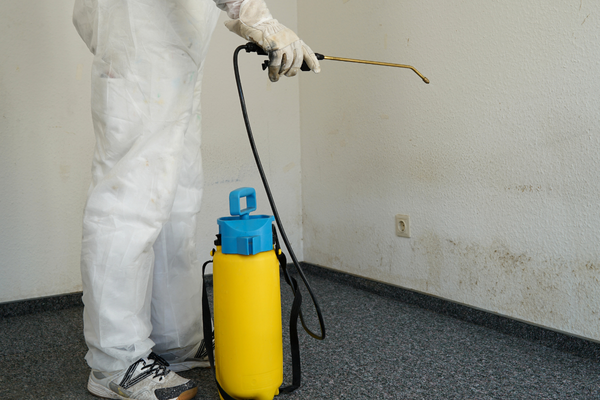
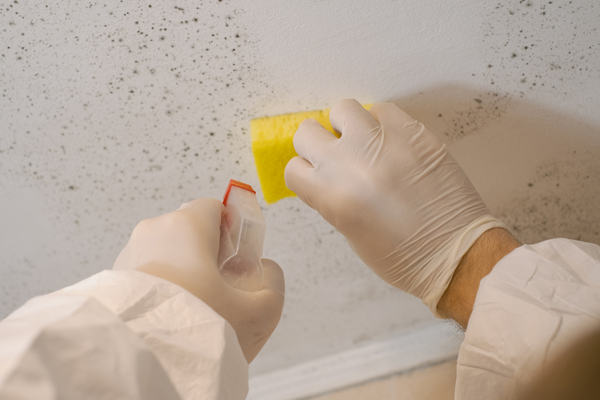
Mold Prevention & Removal for a Healthy Home
Understanding Mold Basics
What is mold and why does it grow in homes?
Mold is a fungus that exists everywhere in nature. Tiny spores float through outdoor and indoor air constantly. These microscopic particles need three conditions to grow: moisture, organic food sources, and temperatures between 40-100 degrees Fahrenheit. Most homes provide perfect conditions for mold development.
Common types of household mold and their characteristics
Black mold appears in very wet areas and creates serious health concerns. This dark fungus grows on wood, drywall, and fabric materials. Green mold develops on food items and spreads quickly in kitchens. White mold grows on organic materials like paper and cardboard boxes stored in damp areas.
Ideal conditions for mold growth: moisture, temperature, and organic materials
Mold spores activate when moisture levels rise above normal ranges. They consume cellulose materials found in wood, paper, and natural fabrics. Room temperatures feel comfortable for humans and perfect for mold growth. Humidity above 60% creates ideal growing conditions throughout Charlotte homes.
Identifying High-Risk Areas in Your Home
Bathrooms, basements, and kitchens: The usual suspects
Bathrooms generate steam and moisture from daily shower use. Water splashes create damp conditions around tubs and sinks. Towels and bath mats remain wet for hours after use. Poor ventilation traps humid air inside these small spaces.
Basements collect moisture from groundwater and condensation. Cool underground temperatures cause warm air to create water droplets on walls. Storage items block air circulation and trap humidity. Many Charlotte basements develop moisture problems during summer months.
Kitchens produce steam from cooking activities and dishwashing. Small leaks around sinks and appliances create ongoing moisture sources. Food spills provide nutrition for mold growth if cleaning delays occur. Refrigerators generate condensation that pools underneath units.
Hidden problem areas: Behind walls, under carpets, in HVAC systems
Mold grows in spaces where homeowners cannot see problems developing. Water leaks inside walls create perfect growing conditions. Carpet padding stays damp after flooding events. HVAC systems spread spores throughout entire homes when ductwork becomes contaminated.
Seasonal risk factors and climate considerations
Charlotte’s humid summers increase mold risk in all homes. Heavy rainfall causes flooding and water intrusion problems. Spring moisture creates condensation issues as temperatures change. Winter heating systems can create humidity imbalances that lead to mold growth.
Prevention Strategies
Moisture control: The foundation of mold prevention
Controlling moisture prevents most mold problems from starting. Fix water leaks immediately, even small drips from faucets. Dry wet areas within 24 hours of water exposure. Install dehumidifiers in basements and other high-humidity spaces.
Proper ventilation techniques for different rooms
Bathroom exhaust fans should run during and after shower use. Kitchen range hoods remove cooking moisture and food odors. Attic vents prevent hot air buildup during summer months. Cross-ventilation through windows improves air movement when weather permits.
Humidity management and optimal indoor levels
Indoor humidity should stay between 30-50 percent year-round. Digital hygrometers measure moisture levels accurately and cost very little. Higher humidity creates mold growth conditions. Lower humidity can cause wood cracking and respiratory irritation.
Regular maintenance practices to prevent mold growth
Monthly inspections catch small problems before they become expensive repairs. Clean gutters prevent water backup and foundation damage. Seal cracks in exterior walls and around windows. Replace HVAC filters regularly to maintain good air quality.
Early Detection Methods
Visual inspection techniques and warning signs
Look for dark spots or stains on walls and ceilings during monthly checks. Check bathroom grout and caulk for discoloration or deterioration. Peeling paint or wallpaper might hide mold growth underneath. Fuzzy growth on any surface requires immediate attention.
When to use professional mold testing
Professional testing makes sense when musty odors exist but visible mold cannot be found. Health symptoms suggest mold exposure but sources remain unknown. Insurance claims require documentation from certified inspectors. Large areas need evaluation before remediation begins.
DIY mold test kits: Benefits and limitations
Home test kits work for surface mold identification on small areas. These kits cost less than professional inspections and provide quick results. They cannot identify mold types or test inside walls. Professional testing provides more detailed information about contamination levels.
Recognizing musty odors and other sensory clues
Musty smells indicate mold growth even when visual signs do not appear. This earthy odor becomes stronger during humid weather conditions. Stuffy air and poor ventilation often accompany mold problems. Persistent odors require investigation to find hidden sources.
Safe Removal for Small Infestations
When DIY removal is appropriate versus calling professionals
Small mold patches covering less than 10 square feet can often be cleaned safely by homeowners. Areas larger than this size require professional remediation services. Black mold always needs professional removal due to health risks. Content Restoration Services handles extensive mold problems for Charlotte families.
Essential safety equipment and protective measures
N95 respirator masks protect lungs from breathing mold spores during cleanup. Rubber gloves prevent skin contact with contaminated materials. Safety goggles protect eyes from cleaning solution splashes. Disposable coveralls prevent spore contamination on regular clothing.
Step-by-step removal process for minor mold problems
Contain the affected area by sealing off rooms with plastic sheeting. Remove furniture and belongings from contamination zones. Turn off HVAC systems to prevent spore circulation. Scrub hard surfaces with detergent and water solutions. Rinse cleaned areas thoroughly and allow complete drying.
Cleaning solutions: Natural versus commercial options
White vinegar kills many mold types and costs less than commercial products. Baking soda absorbs odors and provides gentle scrubbing action. Commercial mold cleaners work faster and kill more fungus varieties. Both options require proper ventilation during application and drying periods.
Post-removal prevention to avoid recurrence
Address moisture sources that caused original mold growth. Monitor cleaned areas weekly for new growth signs. Maintain proper humidity levels with dehumidifiers or ventilation improvements. Document cleaning efforts with photos for future reference.
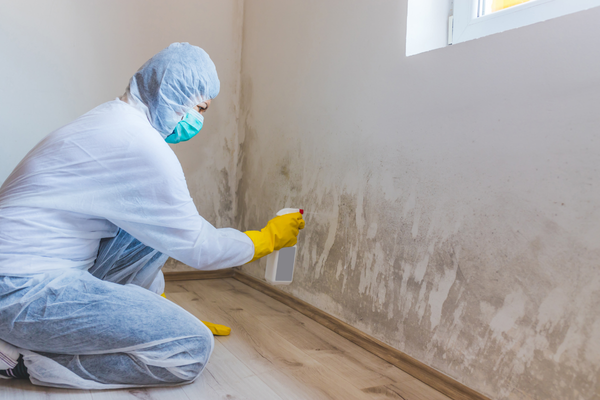
Mold Remediation – Process, Health Risks & Air Quality
Understanding When Professional Remediation is Necessary
Types of mold that require professional intervention
Black mold creates serious health risks and requires specialized removal techniques. Large contaminated areas exceeding 10 square feet need professional equipment. Hidden mold inside walls or HVAC systems requires special detection tools. Recurring mold problems indicate underlying issues that need expert diagnosis.
Insurance considerations and documentation requirements
Insurance coverage varies significantly between different policy types and companies. Many policies exclude mold damage unless it results from covered water damage events. Document all mold problems with photographs and professional inspection reports. Content Restoration Services works with insurance companies to help families navigate coverage questions.
Health Risks and Medical Implications
Immediate health effects: Allergic reactions and respiratory issues
Mold exposure triggers sneezing, runny nose, and itchy eyes in sensitive individuals. Skin rashes develop from direct contact with contaminated surfaces. Asthma symptoms worsen with increased spore exposure. Throat irritation and coughing occur within hours of exposure.
Long-term exposure consequences
Chronic mold exposure creates persistent respiratory problems that worsen over time. Headaches and fatigue become common symptoms with continued exposure. Memory problems and difficulty concentrating can develop gradually. Some individuals experience depression and mood changes from ongoing exposure.
Vulnerable populations: Children, elderly, and immunocompromised individuals
Children face higher risks because their respiratory systems are still developing. Elderly individuals have weakened immune systems that cannot fight mold toxins effectively. Cancer patients and people taking immune-suppressing medications need immediate professional help. Pregnant women should avoid mold exposure to protect unborn children.
When to consult healthcare professionals
Persistent respiratory symptoms require medical evaluation and treatment. Blood tests can identify mold allergies and sensitivity levels. Lung function tests measure breathing capacity and detect damage. People with ongoing health problems after mold exposure should seek medical attention promptly.
Air Quality and Indoor Environment
How mold affects indoor air quality
Mold spores circulate through indoor air and reduce breathing quality for all occupants. These microscopic particles trigger allergic reactions and respiratory distress. Poor air quality affects sleep patterns and overall health. Children and elderly family members suffer more severe effects from contaminated air.
The role of spores in air circulation
Tiny mold spores float through air currents and settle on surfaces throughout homes. Normal activities like walking and cleaning disturb settled spores and make them airborne again. Air conditioning systems circulate spores between rooms if filters cannot capture them. Spore levels increase during humid weather and decrease with proper ventilation.
HVAC system contamination and cleaning
Heating and cooling systems spread mold spores throughout entire homes when ductwork becomes contaminated. Damp conditions inside ducts provide perfect growing environments. Professional duct cleaning removes existing growth and prevents future contamination. Filter replacement schedules become critical for maintaining clean air circulation.
Air purification solutions and their effectiveness
HEPA air purifiers capture mold spores and other tiny particles from indoor air. UV light systems kill spores as air passes through treatment chambers. Activated carbon filters remove musty odors associated with mold growth. These solutions work best when combined with moisture control and proper ventilation.
Monitoring air quality post-remediation
Air quality testing confirms successful mold removal and safe living conditions. Professional monitoring equipment measures spore levels accurately. Follow-up testing ensures mold has not returned after remediation efforts. Regular monitoring helps catch new problems before they become serious health threats.
Prevention After Remediation
Addressing root causes to prevent return
Professional remediation must fix underlying moisture problems that caused original mold growth. Plumbing leaks need permanent repairs, not temporary patches. Ventilation improvements prevent future humidity problems. Structural changes might be necessary to prevent recurring water intrusion.
Ongoing monitoring and maintenance protocols
Monthly inspections of previously affected areas help catch new problems early. Moisture meter readings track humidity levels in problem areas. Professional inspections every two years provide expert evaluation of home conditions. Content Restoration Services offers follow-up services to maintain healthy environments.
Creating a mold-resistant environment
Mold-resistant building materials reduce future growth risks during renovation projects. Improved insulation prevents condensation on cold surfaces. Better ventilation systems control moisture more effectively. Landscaping changes direct water away from foundation walls.
Long-term home improvement considerations
Reconstruction projects provide opportunities to prevent future mold problems permanently. Modern materials resist mold growth better than older building products. Energy-efficient windows reduce condensation problems. Proper vapor barriers prevent moisture intrusion through walls and foundations.

Conclusion:
Key Takeaways:
- Prevention: Control moisture (30-50% humidity), fix leaks within 24 hours, use proper ventilation
- Detection: Monthly visual inspections, professional testing for hidden mold, address musty odors immediately
- DIY Removal: Safe for areas under 10 square feet with proper safety equipment
- Professional Help: Required for black mold, large areas, or recurring problems
- Health Priority: Seek medical attention for persistent symptoms, especially high-risk individuals
Creating a mold management plan protects families and property values in Charlotte homes. Regular inspections catch problems before they become expensive disasters. Moisture control prevents most mold growth from starting. Professional help becomes necessary for large contaminated areas or dangerous mold types.
Why is swift action critical when mold appears?
Swift action when mold appears saves money and protects family health from serious complications. Small problems cost much less to fix than major infestations. Quick response prevents mold from spreading to uncontaminated areas. Health problems from mold exposure become worse with longer exposure periods.
How can homeowners build long-term mold prevention habits?
Building long-term habits maintains healthy, mold-free environments for years to come:
- Monthly inspections become routine maintenance activities
- Immediate leak repairs prevent bigger problems from developing
- Proper ventilation and humidity control create comfortable living spaces
- Annual professional inspections catch hidden problems early
Content Restoration Services provides professional mold remediation services for Charlotte families facing serious contamination problems. Their experienced team has over 25 years helping homeowners create safe living environments. Asbestos removal services protect families from other hidden dangers in older homes. Post-construction cleaning removes dust and debris after renovation projects. Reconstruction services help families rebuild after water damage and mold problems.
Ready to protect your Charlotte home from mold? Contact Content Restoration Services today for professional mold assessment and remediation services in Charlotte, NC. Their expert team helps families create healthy, safe living environments for long-term peace of mind.


